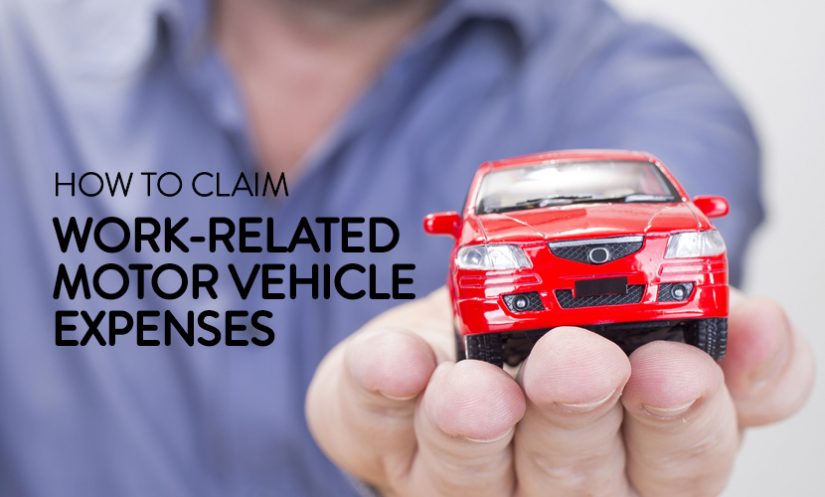With more than 3 million people making work-related car expense claims last year totalling $8.5 billion, it is no surprise that the ATO are now cracking down on dodgy car deductions. Most people think that they are entitled to a ‘standard deduction’ of 5,000 kms, however it is important to note that you are only entitled to deduct what you actually spent or how many kms actually travelled.
There are two methods for calculating work-related car deductions and these are the log book method and the cents per kilometre method.
Cents per Kilometre
The total number of business kilometres (capped at 5000 km) travelled throughout the year multiplied by a set rate of 66 cents per km. Example: You drove 15 km every day to see your clients, your total kilometres travelled were 5,475. As the method is capped at 5,000 kms, we would calculate your total deduction as: 5,000 kms x .66 cents = $3,300 Nothing… Keep in mind if you are audited in the future, you will need to reasonably demonstrate how you worked out your business kilometres
Log Book
Total amount of all running costs (registration, insurance, repairs & maintenance, fuel & oil, interest, leasing expenses) and depreciation multiplied by a business use percentage as per your log book. Example: Your total running costs and depreciation equalled $4,500 for the year. Your logbook shows that your use your car 70% for work related travel and 30% for personal use. From this we would calculate your total deduction as: 4,500 expenses x 70% business use = $3,150 An up to date Log Book* & receipts/invoices for all expenses claimed for the vehicle
*A log book is valid for 5 years and must record your travels for at least a 12 week continuous period. You will need to record each journey during the logbook period including: the date, start and finish times, odometer readings at the start and end, total kilometres travelled, reason for the journey.
To get your business use percentage, you would simply work out the total amount of kilometres travelled during the logbook period as well as the total amount of business kilometres travelled. Divide the business kms by the total kms and this is your business use percentage!
It is important to also have an understanding of what sort of travel is considered work-related and what isn’t. The following scenarios are considered to be work-related:
* Travel to and from separate places of employment
* Travel from one workplace to an alternative workplace in the same day
* Travel from work to a conference, meetings or to see clients
* Travel to deliver or collect supplies for the workplace
Travelling between home and your usual place of work is NOT considered work related. The only time you are able to claim travel to and from work is if you legitimately carry tools in your car for work and do not have a secure place to store them at work. If audited, your employer must provide written evidence stating that you were required to store the items in your car and transport them to work each day.
These rules are basic and easy to follow, so it is important that your claims are correct and can be verified. The repercussions for not providing substantiating evidence vastly outweigh the $3,300 deduction in your tax return!
Author
Taylor Mann




